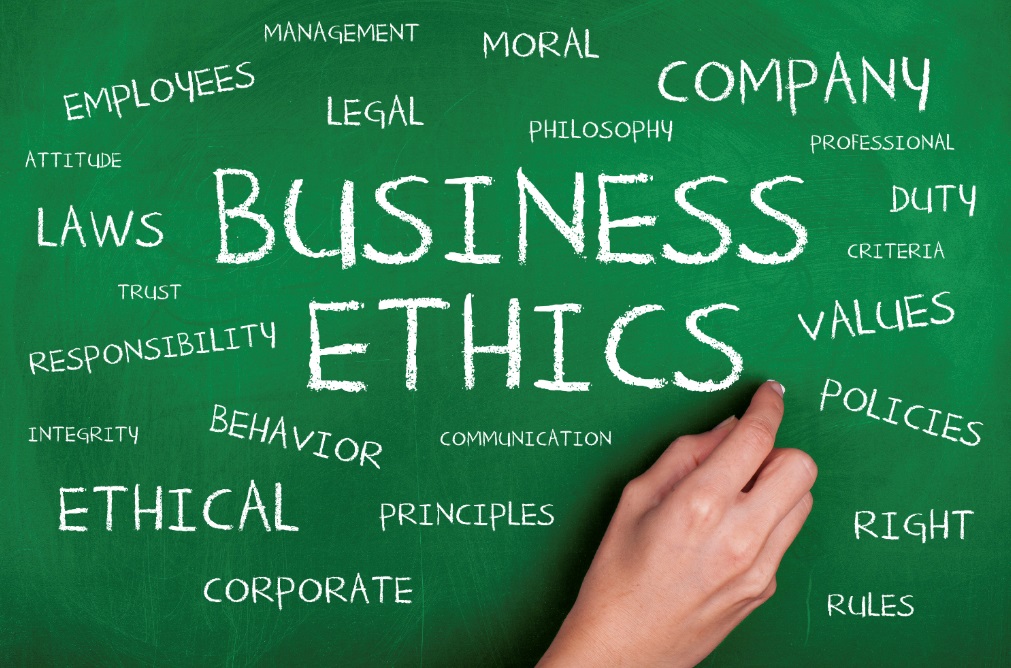Top Business Trends for Your 2019 Goals
With New Year’s just around the corner, many businesses are setting goals and strategies for 2019. The business sector is lousy with fads that everyone jumps on the bandwagon with for a hot second before moving on to the next big thing – but hopping bandwagons won’t necessarily help your business. The key to setting goals and strategies is to only follow trends that will help your business sustain long-term growth. Here are four up-and-coming business trends for 2019 that may become permanent fixtures of the industry.
1. Customer Control of Data
Relinquishing control of customer data over to customers is important to the health of your businesses. This goes hand-in-hand with embracing corporate social and moral responsibility. Consumers are becoming increasingly concerned with their privacy and anonymity and expect to have more control over their data. Businesses that ignore these concerns will not succeed. Consent from consumers is becoming less of an option and more of an obligation. Any good business would support this change.
Purchasing data from third-party sources or acquiring it without consumer consent is a huge break of trust to your customer base and may hurt your relationships with prospects. On top of this, regulations passed by global agencies and national governments – including the European Union and several U.S. state municipalities – within the last few years have reinforced legal repercussions of using consumer data, from tightening breach notification statutes to changing rules of using and selling student information.
But even if none of this strikes a chord, it might interest you to know that consumer data isn’t usually accurate. Deloitte Insights reported that 71 percent of purchased marketplace data was misleading or incomplete last year.
Instead of relying on sketchy third-party data, go directly to the source and prompt people to volunteer their information of their own accord. You can do this by creating and distributing polls, quizzes, or questionnaires in your marketing content, or conducting surveys with existing customers. You can even offer incentives (i.e. 15-minute free consultations, Starbucks gift cards, company swag) for submitting information. The more interactive and engaging your collection methods are, the more likely people are to provide their information for you. Not only does this ensure that you’re getting accurate data directly from your customer base, it also creates an opportunity for your marketing and sales teams to develop one-to-one relationships with willing prospects.
2. Better Chatbots
People are abandoning traditional service channels (i.e. phone calls, conversations with brick-and-mortar store employees,) in favor of service channels that don’t require talking, such as SMS and social media platforms like Twitter or Facebook. Nearly 49 percent of consumers use chatbots and AI assistants at least once per week.
Most people either love or hate chatbots. Maybe you think they’re a ridiculous fad or maybe you’re religiously convinced that they’re the way, the truth, and the life. Regardless of personal feelings, chatbots are here to stay. So if the majority of your business’s prospecting is done on the phone or in-person, it may be time to reexamine your stance on using chatbot marketing and service assistants.
The key word here is assistants. When used incorrectly, chatbots are nightmarish replacements for human employees that only frustrate and upset prospects. When used correctly, chatbots are nifty tools for supplementing marketing or service processes to more efficiently engage with prospects. For example, chatbots can be used to extend service hours or send event reminders to webinar attendees.
3. Personalization of Experiences
Customers are tired of blanket marketing emails with painfully generic text blurbs spamming up their inboxes. They’re tired of being contacted through outdated or ill-fitting technology and social media channels. They’re tired of buying experiences that make them feel like nothing but a price tag or a demographic to salespeople. Customers – whether they’re individual consumers or client organizations – are untimely just people looking for a solution to their problems. And not all people, or problems, are the same. So they shouldn’t be treated all the same.
Take cues from two of the most successful brands in business who consistently personalize customer experiences.
Amazon
Amazon has made incredible personalization advances with artificial intelligence and predictive analytics tools. There is an entire Amazon team solely responsible for spearheading personalization technologies. Amazon mainly personalizes experiences with recommendation tools based off a user’s purchase history and browsing habits, as well as the purchase history and browsing habits of similar users. Studies found that nearly 35% of Amazon’s sales are generated by recommendation tools.
Dunkin’ Donuts
Dunkin’ Donuts is a king of targeting customer demographics and location information to personalize their buying experience. A recent example involves leveraging geofencing and behavioral data on the D&D mobile platform for a coupon campaign aimed at customers of local breakfast and coffee brand competitors in Rhode Island. The results were surprisingly effective – nearly 36 percent of those who clicked on the offer took a secondary action. Some mentioned the campaign on social media, some saved the coupon on their mobile devices, and some redeemed the coupon.
Some tips for personalization: keep your customer’s locations, preferred communication styles and channels, and personal interests or motivations in mind. The key is tap into your customer’s identity and preferences, so you can have real conversations with them about their goals.
4. Social and Moral Responsibility
The biggest and most important trend of all: embracing corporate social and moral responsibility. Corporate social and moral responsibility is a concept that has been advocated for by many major corporations in the last decade.
Salesforce.com CEO Marc Benioff spoke at length about corporate social and moral responsibility to the media. He famously called out Twitter CEO Jack Dorsey and other leaders of technology companies for failing to give back to cities and counties where they built their empires and made their fortunes. Many major corporations are under fire from the media and civilians. Taking enormous tax breaks, withholding donation funds promised to humanitarian organizations, and outsourcing criminally low-paying production or manufacturing jobs to oppressed migrant workers or citizens in second and third-world countries is no longer acceptable to the general public.
There’s also been an uptick in awareness and applause of businesses that protect consumer privacy at the expense of revenue, participate in social and political activism, and exclusively partner with socially and morally responsible organizations.
For businesses who don’t have as large of a social platform or as wide of an economic impact, you can still embrace corporate social and moral responsibility. You don’t have to be Bill Gates, donating millions to charity, or Larry Fink, resolving to allocate business funds with honesty and transparency, to make a real difference and participate in creating better society. You just have to practice kindness and compassion in the way you conduct your business and treat your customers or colleagues.
Maybe this means changing your marketing strategies to be more inclusive of marginalized demographics. Maybe this means hiring staff who are more concerned with accomplishing goals and helping others rather than the size of their private office space or the cut of their commission check. Maybe this simply means being more understanding of employees going through personal crises or offering help to those who are struggling.
Traditionally, the point of a New Year’s resolution is to better yourself – but maybe the point should be to better the world around you. Many people set casual New Year’s resolutions – like eating healthier or volunteering at a shelter once a month. While these are nothing to scoff at, we’re suggesting something more ambitious: building your business into an organization that you and your employees are proud to be a part of.
Did we miss something? Tell us what business trends you plan to follow in the comments below!
Author bio
Sonja Fridell
Sonja is very active in architecting CRM, ERP and marketing automation solutions for clients across North America. As an ex-journalist, she is adept at exploring a client’s needs and coming up with cutting edge, elegant solutions that fit, drive adoption, and create real results.
view all articles
Stay in the loop
Subscribe to get all our latest content sent directly to your inbox!




